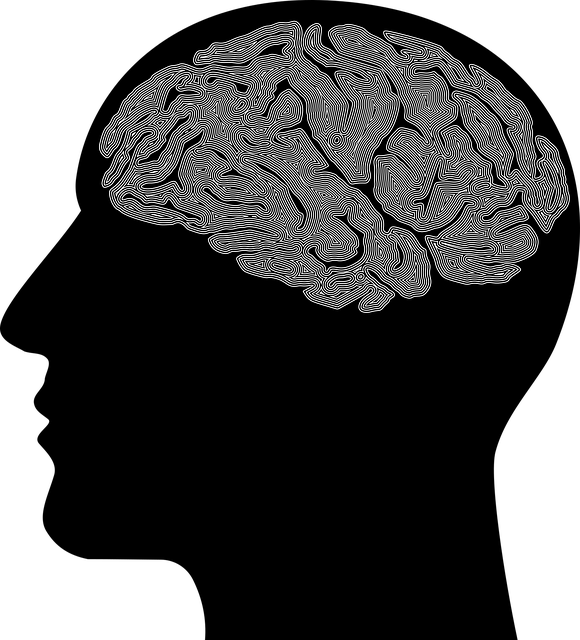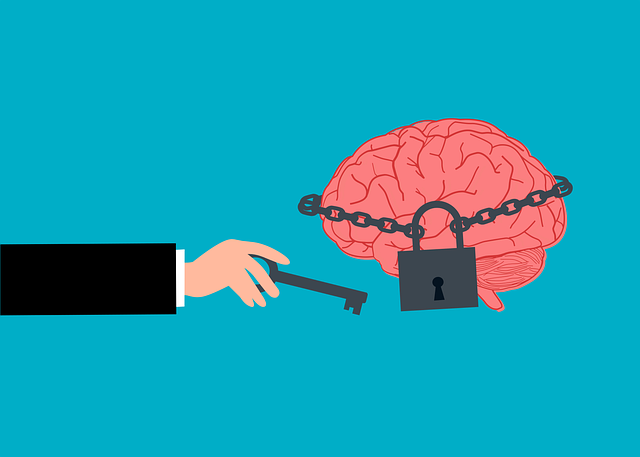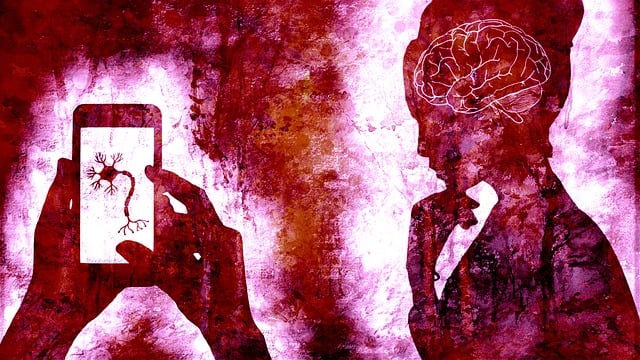The text explores the profound impact of mental illness stigma on children's well-being, highlighting its ability to hinder help-seeking behaviors and perpetuate into adulthood. It emphasizes the importance of early intervention through therapeutic approaches like Eye Movement Desensitization and Reprocessing (EMDR), which has proven effective in treating childhood mental health disorders. The content underscores the role of educational initiatives, media representation, and community engagement in destigmatizing mental illness, particularly among youth, by promoting empathy, awareness, and access to resources such as EMDR therapy for children.
Mental illness stigma remains a significant barrier to seeking treatment, especially for children. This article delves into targeted efforts to reduce this pervasive issue. We explore crucial aspects such as understanding the impact of stigma on young minds and its role in shaping public perception. Key strategies discussed include EMDR therapy, an innovative approach shown to combat stigma, along with educational initiatives aimed at fostering empathy in schools. Additionally, we examine media representation’s influence and community engagement tactics for creating supportive environments where mental health is openly addressed.
- Understanding Stigma: Its Impact on Mental Health for Children
- The Role of EMDR Therapy in Fighting Stigma
- Educational Initiatives to Reduce Stigma in Schools
- Media Representation and Its Influence on Public Perception
- Community Engagement Strategies for a Supportive Environment
Understanding Stigma: Its Impact on Mental Health for Children

Stigma surrounding mental illness can have a profound impact on children’s well-being and development. Often, young individuals facing mental health challenges internalize societal perceptions, leading to self-stigma and shame. This can hinder their willingness to seek help, resulting in unaddressed or mismanaged conditions. The consequences are severe; untreated mental health issues in childhood can persist into adolescence and adulthood, affecting academic performance, social interactions, and overall mental wellness.
One effective approach to combat this stigma is through therapy, such as Eye Movement Desensitization and Reprocessing (EMDR), which has shown promise in treating various mental health disorders in children. EMDR combines exposure therapy with bilateral stimulation, helping young clients process traumatic memories and reduce anxiety. Additionally, Mental Wellness Coaching Programs and Risk Management Planning for Mental Health Professionals can play a vital role in early intervention and support, ensuring that children receive the necessary tools for mood management and fostering resilience against stigma’s harmful effects.
The Role of EMDR Therapy in Fighting Stigma

EMDR (Eye Movement Desensitization and Reprocessing) therapy has emerged as a powerful tool in the fight against mental illness stigma, especially when tailored for children. This innovative approach combines therapy with rapid eye movements to help young individuals process traumatic memories and reduce the impact of negative experiences. By addressing underlying issues and fostering inner strength development, EMDR can significantly enhance mental wellness in children, thereby challenging societal perceptions and promoting understanding.
Incorporating EMDR into programs organized by stress management workshops organizations has proven effective in destigmatizing mental health concerns among children. Through these sessions, kids learn to manage stress and overcome the challenges that contribute to stigma. By empowering them with tools for emotional regulation, these interventions not only support individual growth but also contribute to a broader culture of empathy and mental wellness awareness.
Educational Initiatives to Reduce Stigma in Schools

Educational initiatives play a pivotal role in reducing stigma surrounding mental illness, especially among youth. Schools can become powerful platforms for fostering Mental Health Awareness and promoting self-esteem improvement by integrating mental health education into their curricula. Teaching students about various conditions, treatment options like EMDR therapy for children, and the importance of seeking help early can dispel myths and reduce fear. These programs often emphasize Mind Over Matter principles, encouraging resilience and coping strategies that empower young individuals to take charge of their mental well-being.
Through interactive workshops, peer discussions, and expert talks, students gain insights into their peers’ experiences while learning effective ways to support one another. Such initiatives not only help in normalizing conversations around mental health but also equip students with the skills needed to recognize signs of distress in themselves and others, fostering a more inclusive and supportive school environment.
Media Representation and Its Influence on Public Perception

The media plays a significant role in shaping public perceptions about mental illness. Often, portrayals in films and television shows contribute to stereotypes and misconceptions, reinforcing the stigma surrounding psychological disorders. When media presents mental health issues as rare or depicts individuals with severe symptoms without context, it can create an inaccurate understanding among viewers. However, when done responsibly, media representation can be a powerful tool for reduction of mental illness stigma. Positive portrayals of people seeking therapy, such as a child benefiting from EMDR (Eye Movement Desensitization and Reprocessing) to overcome trauma, can foster empathy and encourage others to seek support without fear of judgment.
By showcasing the diverse range of individuals who access mental health services and emphasizing recovery stories, media can highlight the accessibility and effectiveness of treatments like therapy for children. This, in turn, promotes understanding of the various techniques, such as Conflict Resolution Techniques and Trauma Support Services, that contribute to Inner Strength Development. Ultimately, responsible media representation has the potential to normalize conversations about mental health and encourage communities to embrace a culture of support and compassion.
Community Engagement Strategies for a Supportive Environment

In fostering a supportive environment, community engagement plays a pivotal role in mental illness stigma reduction. By organizing and participating in local events, workshops, and awareness campaigns, communities can actively promote understanding and empathy. These strategies create opportunities for open conversations about mental health, challenging stereotypes and misconceptions. For instance, schools can integrate therapy sessions tailored for children using techniques like EMDR (Eye Movement Desensitization and Reprocessing) into their curricula, making mental well-being a priority from an early age.
Professionals in the mental health sector also contribute to this effort through risk assessment practices that ensure safety while fostering trust. By focusing on emotional regulation and coping skills development, they empower individuals to manage their mental health proactively. This holistic approach not only addresses immediate concerns but also fosters a community where seeking support is normalized, further breaking down barriers associated with mental illness stigma.
Mental illness stigma reduction is a multifaceted effort requiring understanding, education, and positive media representation. By integrating therapeutic approaches like EMDR, which has proven effective in treating children’s mental health issues, and implementing educational initiatives in schools, we can foster supportive communities. Community engagement strategies that promote open dialogue and reduce public perception barriers are pivotal to creating an inclusive environment where everyone feels comfortable seeking help. Through these combined efforts, we move closer to erasing the stigma surrounding mental health.














